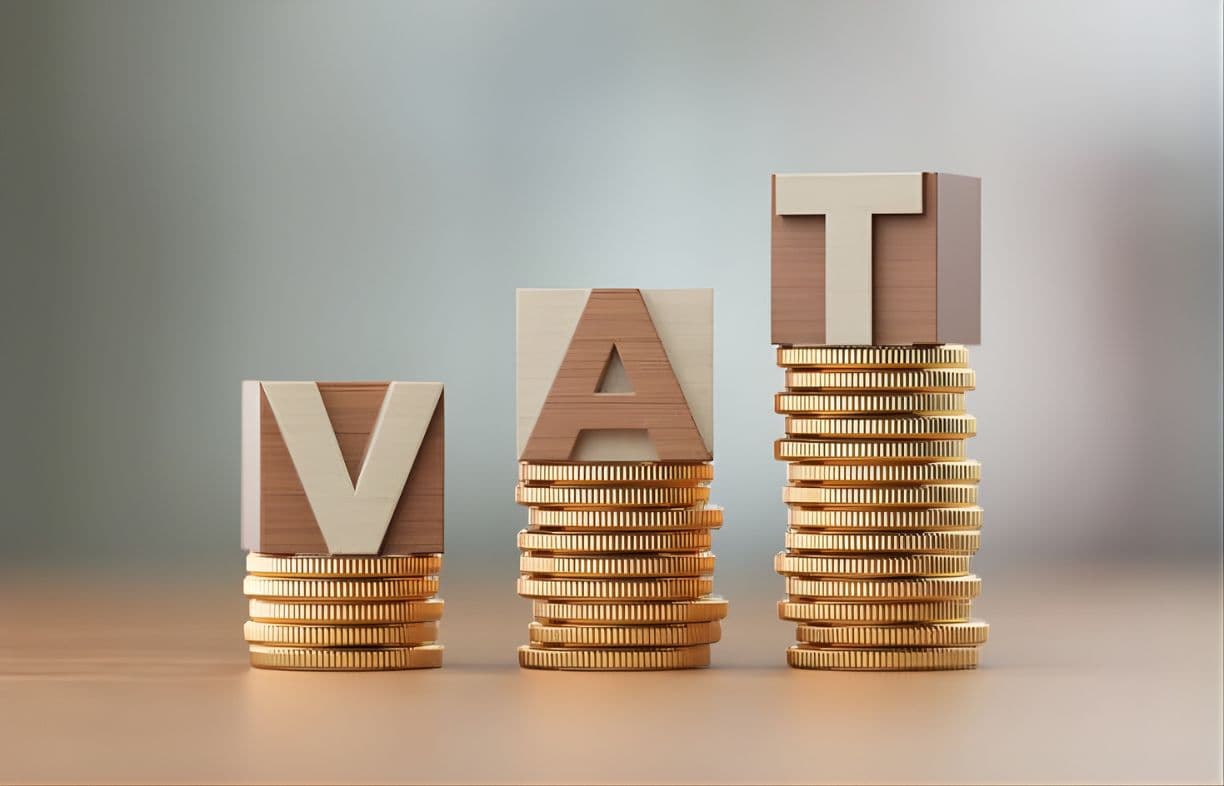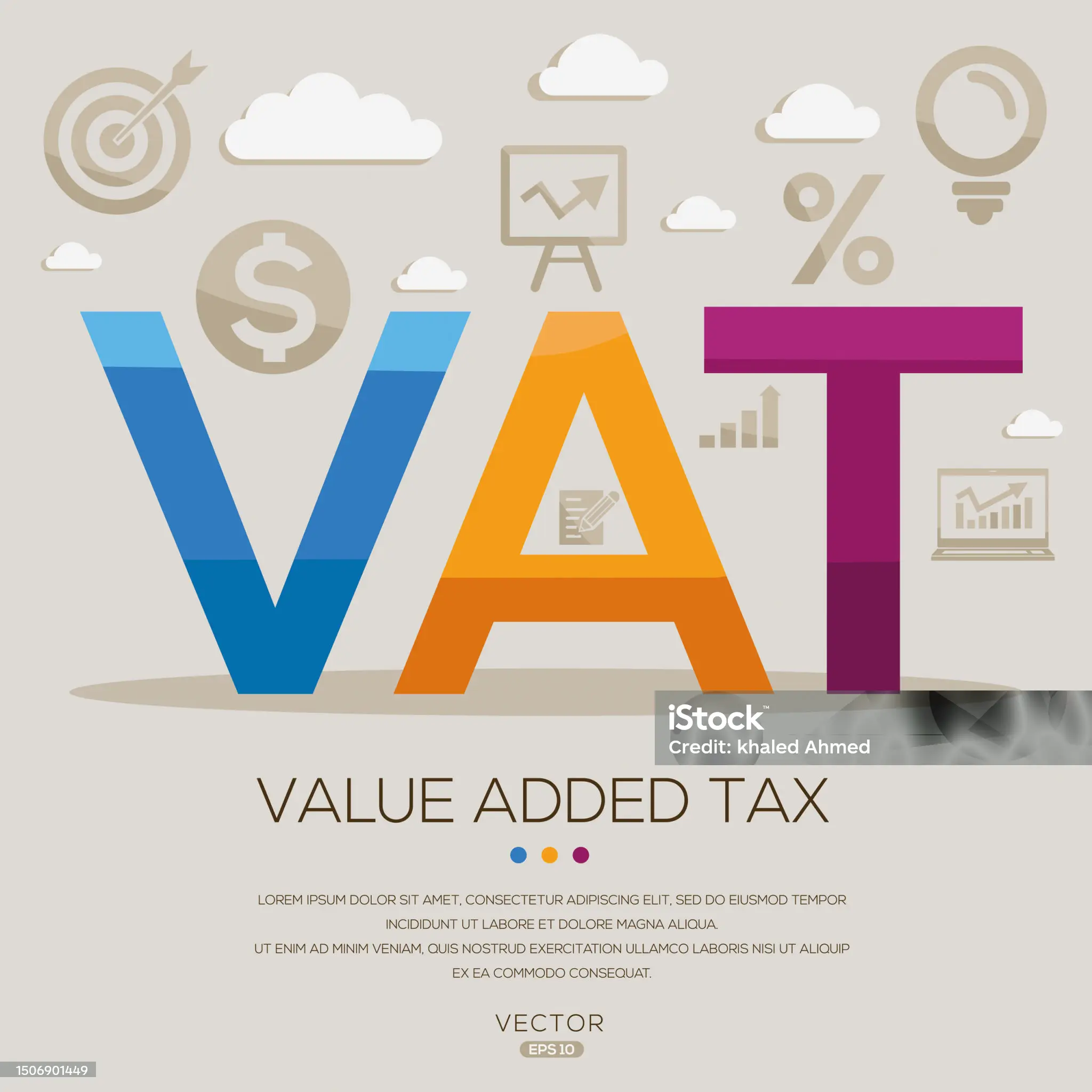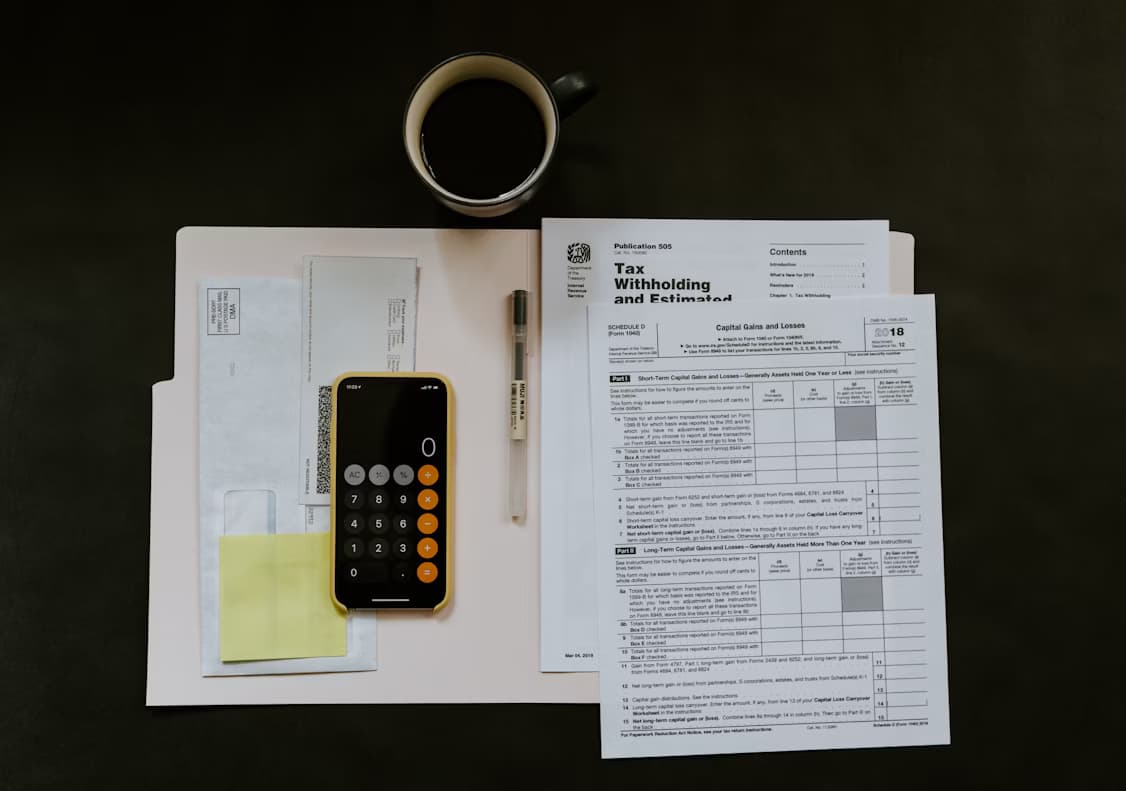Invoicing in Switzerland: everything you need to know about VAT, rates and legal obligations

Introduction
When you start your business in Switzerland, VAT may seem like just another administrative detail amongst many others. But as soon as your turnover reaches certain thresholds, it becomes a legal obligation that directly impacts your invoicing, accounting and cash flow.
Swiss VAT operates according to precise rules: different rates depending on sectors, mandatory information on invoices, periodic declarations to the Federal Tax Administration (FTA). An error in calculating or displaying VAT can lead to reminders, fines or problems during a tax audit.
Yet many freelancers and SMEs navigate blindly: which rate to apply? How to recover VAT paid on purchases? Which information is truly mandatory? And above all, how to manage all this without spending hours on it every quarter?
This guide explains everything you need to know about VAT in Switzerland: registration thresholds, the different applicable rates, compliant invoicing rules and best practices to simplify your declarations. Whether you're approaching the threshold or already registered, you'll find concrete answers here to manage VAT with peace of mind.
📌 Summary (TL;DR)
VAT becomes mandatory in Switzerland once your turnover exceeds 100,000 CHF per year. Three rates apply depending on your activity: 8.1% (standard rate), 2.6% (reduced rate) and 3.8% (accommodation). Your invoices must include specific mandatory information, and you must declare VAT quarterly or half-yearly to the FTA. Rigorous management allows you to recover VAT paid on your professional purchases and avoid costly errors during tax audits.
📚 Table of contents
- What is VAT and why it concerns your business
- VAT registration thresholds in Switzerland
- The different applicable VAT rates
- How to calculate and display VAT on your invoices
- Mandatory information on an invoice with VAT
- Input VAT deduction: recovering VAT paid
- VAT declaration: frequency and procedure
- Common VAT mistakes to avoid
- How to simplify VAT management with the right tools
What is VAT and why it concerns your business
VAT (value added tax) is an indirect consumption tax levied at each stage of the commercial chain. In Switzerland, it's managed by the Federal Tax Administration (FTA).
In concrete terms, you invoice VAT to your clients, then you remit it to the State after deducting the VAT you've paid yourself on your professional purchases. You act as a collector for the tax authorities.
Not all businesses are concerned. The obligation to invoice VAT depends on your annual turnover. If you exceed certain thresholds, you must register for VAT and apply the current rates on your invoices.
Understanding these rules is essential to remain compliant and avoid administrative sanctions.
VAT registration thresholds in Switzerland
You must register for VAT if your annual turnover exceeds 100,000 CHF for activities carried out in Switzerland. For certain services provided abroad, this threshold rises to 150,000 CHF.
These amounts are exclusive of VAT and are calculated over the last 12 rolling months. As soon as you cross the threshold, you have 30 days to register with the FTA.
You can also opt for voluntary registration even below these thresholds. This can be advantageous if you purchase a lot of equipment or services subject to VAT, as you'll be able to deduct input VAT.
Voluntary registration commits you for at least three years.
The different applicable VAT rates
Switzerland applies three different VAT rates depending on the nature of the goods and services invoiced. These rates came into force on 1 January 2024 following a popular vote.
It's crucial to apply the correct rate on your invoices. An error can lead to administrative corrections and penalties during your VAT declaration.
Here are the three rates currently in force and their scope of application.
The standard rate
The standard rate is 8.1% and applies to the majority of goods and services. It's the default rate if no exception applies.
Concrete examples: consulting services, IT services, clothing sales, electronics, furniture, renovation work, marketing services, professional training, software subscriptions.
If you're a freelancer or run an SME in services, this is probably the rate you'll use most often. When in doubt about which rate to apply, the standard rate is generally the correct answer.
On an invoice of 1,000 CHF excluding VAT, you'll add 81 CHF of VAT for a total including VAT of 1,081 CHF.
The reduced rate
The reduced rate of 2.6% mainly concerns essential goods and certain cultural products.
These include: foodstuffs (bread, vegetables, meat, dairy products), tap water, medicines, books, newspapers, magazines, feminine hygiene products.
Beware of exceptions: alcoholic beverages, tobacco, prepared meals consumed on site (restaurants) don't benefit from the reduced rate and are subject to the standard rate of 8.1%.
If you manage a food shop or bookshop, you'll probably have to juggle between the two rates depending on the products sold.
The special rate for accommodation
The special rate of 3.8% applies exclusively to accommodation services: hotel nights, guest rooms, holiday rentals, campsites, youth hostels.
This rate only concerns the accommodation service itself. Ancillary services such as catering, breakfast served in a dining room, spa or parking are subject to the standard rate of 8.1%.
If you rent a furnished flat for short-term tourist stays, you apply 3.8%. But if you rent an unfurnished property for use as a primary residence, the service is exempt from VAT.
This distinction is important to avoid invoicing errors.
How to calculate and display VAT on your invoices
Calculating VAT is simple: amount excluding VAT × VAT rate = VAT amount. You then add this amount to the price excluding VAT to obtain the total including VAT.
Example: service of 1,500 CHF excluding VAT at the standard rate → 1,500 × 8.1% = 121.50 CHF of VAT → total including VAT: 1,621.50 CHF.
Your invoices must include: your VAT number (format CHE-XXX.XXX.XXX TVA), the amount excluding VAT, the rate applied, the VAT amount, and the total including VAT. For Swiss QR-invoices, this information must appear in the visible section.
BePaid automatically calculates VAT according to the rate chosen and generates compliant invoices with integrated QR-code. Discover how to manage VAT automatically.
Mandatory information on an invoice with VAT
An invoice subject to VAT must contain precise legal information to be valid in the eyes of the FTA.
Mandatory elements:
- Your VAT number in the official format (CHE-XXX.XXX.XXX TVA, MWST or IVA)
- Issue date and unique invoice number
- Complete identification of supplier and client
- Detailed description of services or products
- Amounts excluding VAT, VAT rates applied, VAT amounts by rate, total including VAT
A non-compliant invoice can be rejected by the FTA during your declaration, and your client won't be able to deduct input VAT.
To avoid these errors, consult our guide on the 10 common invoicing mistakes.
Input VAT deduction: recovering VAT paid
If you're registered for VAT, you can deduct the VAT you pay on your professional purchases. This is called input tax deduction.
In concrete terms: you buy a computer for 1,081 CHF including VAT (1,000 CHF excluding VAT + 81 CHF of VAT). You'll be able to recover these 81 CHF during your VAT declaration.
Conditions: the expense must be related to your professional activity, and you must have a compliant invoice showing the VAT. Mixed expenses (professional/private) require a proportional calculation.
This mechanism improves your cash flow by reducing the net amount of VAT to be paid to the State. It's one of the reasons why some businesses choose voluntary registration.
VAT declaration: frequency and procedure
Once registered for VAT, you must regularly declare the VAT collected and deductible to the FTA.
The frequency depends on your turnover: quarterly for most SMEs (turnover up to 5 million CHF), half-yearly if your annual turnover is less than 500,000 CHF and you request it.
The declaration is made via the FTA's online portal. You calculate the difference between the VAT invoiced to your clients and the VAT paid on your purchases. If the balance is positive, you pay the difference. If it's negative, the FTA reimburses you.
Respect the deadlines (generally 60 days after the end of the period) to avoid penalties. Rigorous accounting greatly facilitates this process.
Common VAT mistakes to avoid
Here are the most common mistakes that can cost you dearly:
- Forgetting to register after exceeding the registration threshold
- Applying the wrong rate: confusing standard and reduced rates
- Non-compliant invoices: forgetting the VAT number or detailed amounts
- Incorrect deduction: deducting VAT on non-professional expenses
- Late declarations: exceeding deadlines leads to penalties
- Excluding/including VAT confusion: announcing a price including VAT in a quote then invoicing VAT on top
These mistakes can lead to reassessments, fines and administrative complications. For flawless invoicing, consult our article on how to avoid invoicing mistakes.
How to simplify VAT management with the right tools
Managing VAT manually takes time and increases the risk of errors. A suitable invoicing solution automates these repetitive tasks.
Concrete advantages: automatic calculations according to the rate chosen, invoices compliant with legal requirements, detailed exports to facilitate your declarations, real-time tracking of VAT collected and deductible.
BePaid integrates automatic VAT management: you select the rate, the tool calculates and displays everything correctly on your QR-invoices. You save time and reduce errors.
Good VAT management also contributes to improving your cash flow by optimising your deductions and avoiding penalties.
VAT in Switzerland imposes precise obligations: compliance with registration thresholds, application of the correct rates (8.1%, 2.6% or 3.8%), mandatory information on your invoices and periodic declarations to the FTA. Rigorous VAT management helps you avoid costly errors and administrative complications.
Calculating, displaying and declaring VAT represents a real administrative burden for freelancers and SMEs. Automating these tasks with a suitable tool saves you time and reduces the risk of error.
BePaid allows you to manage VAT simply: automatic application of rates, precise calculation on each invoice, accounting exports and tracking of your VAT obligations in a few clicks. Test our solution for free and focus on your business rather than tax administration.


